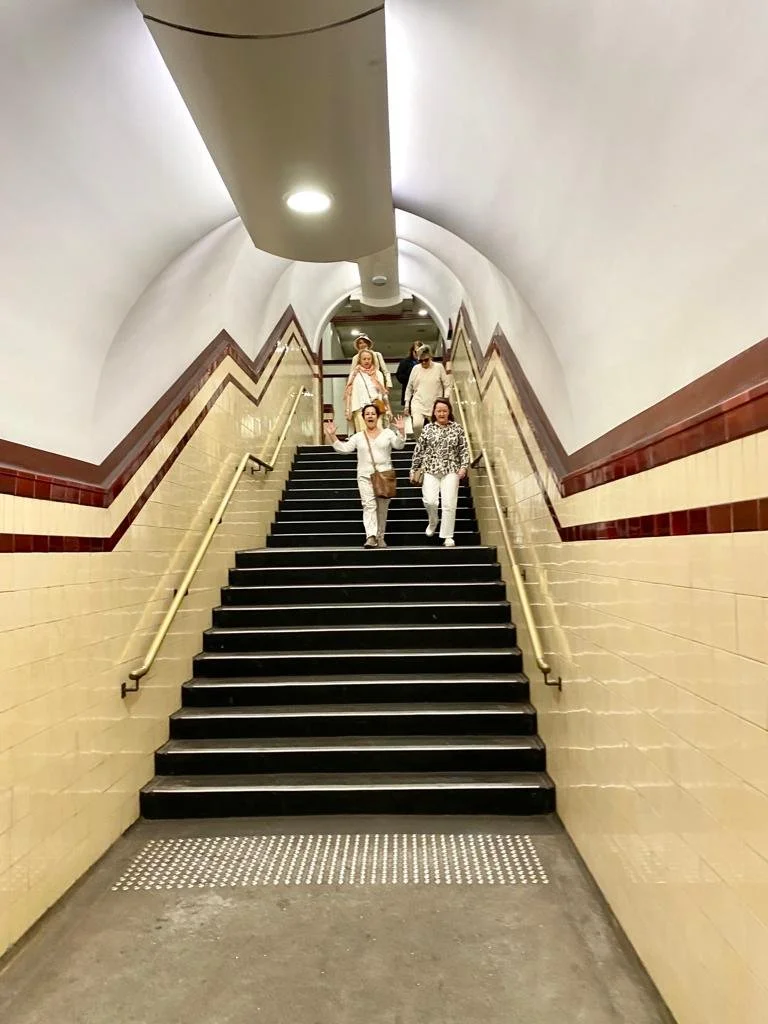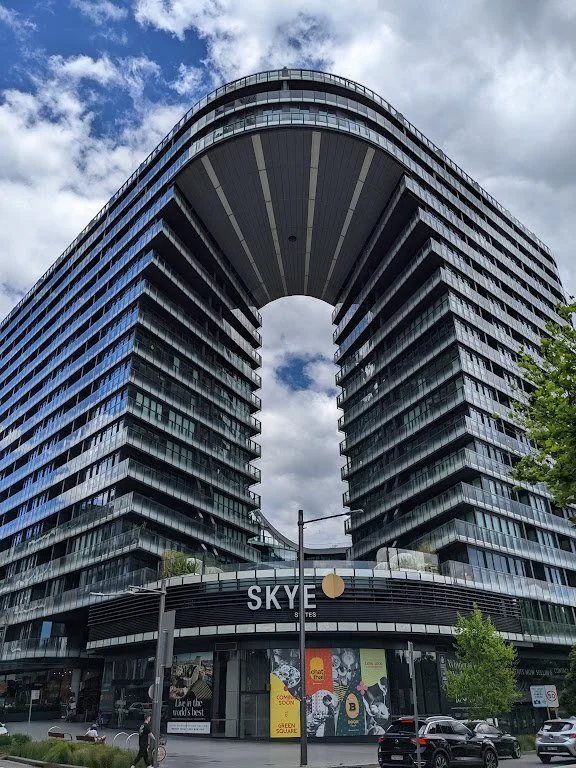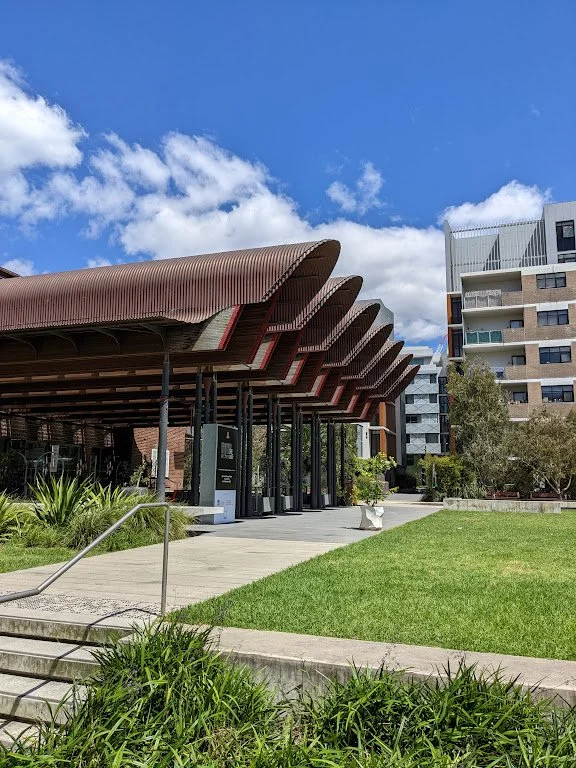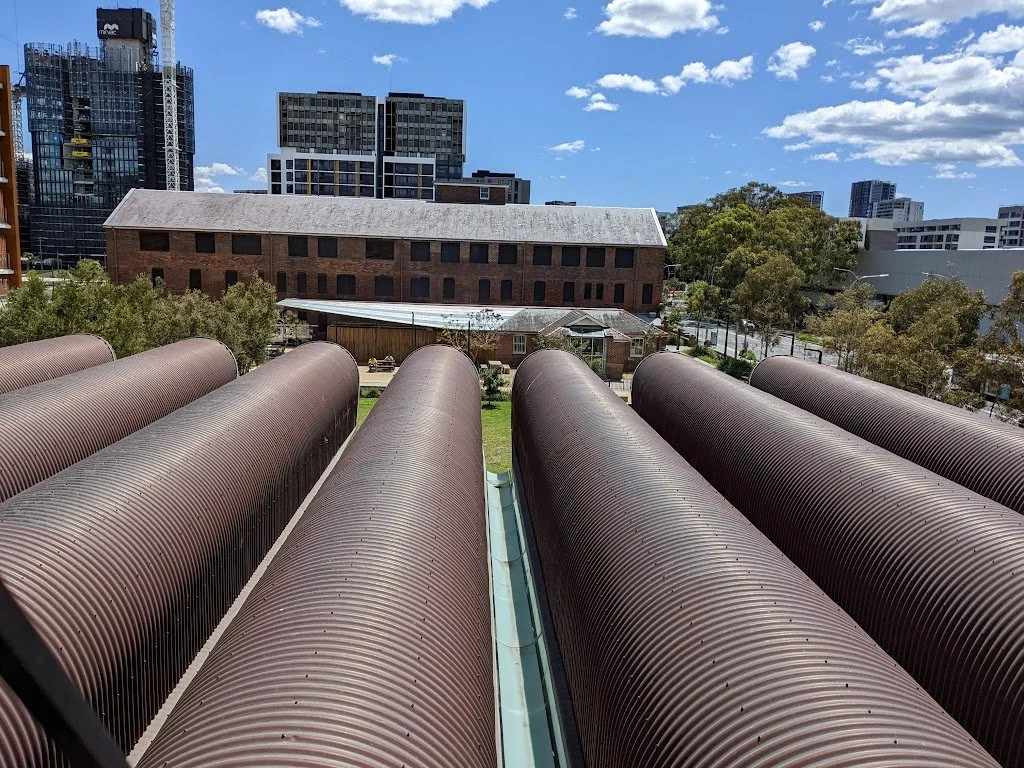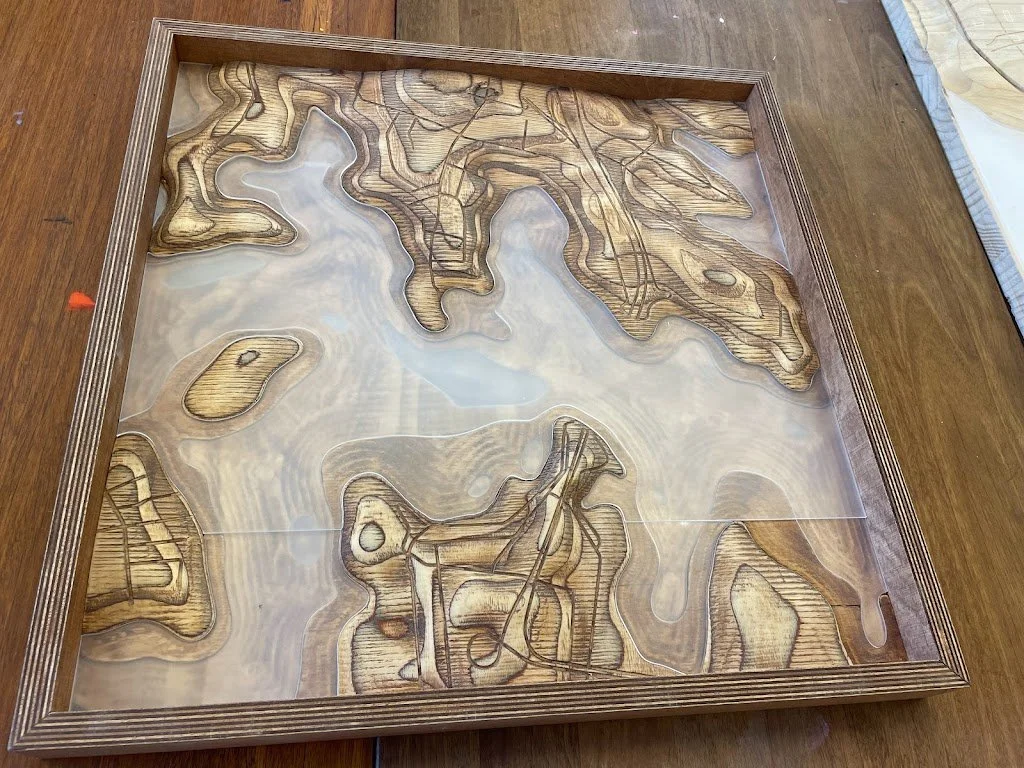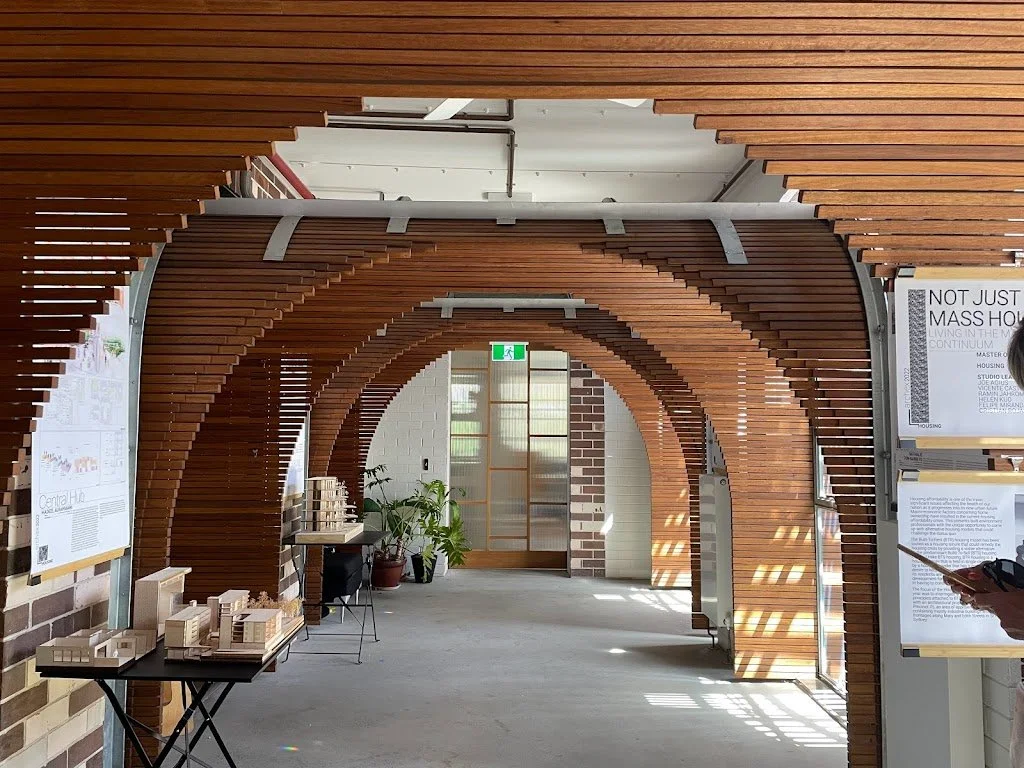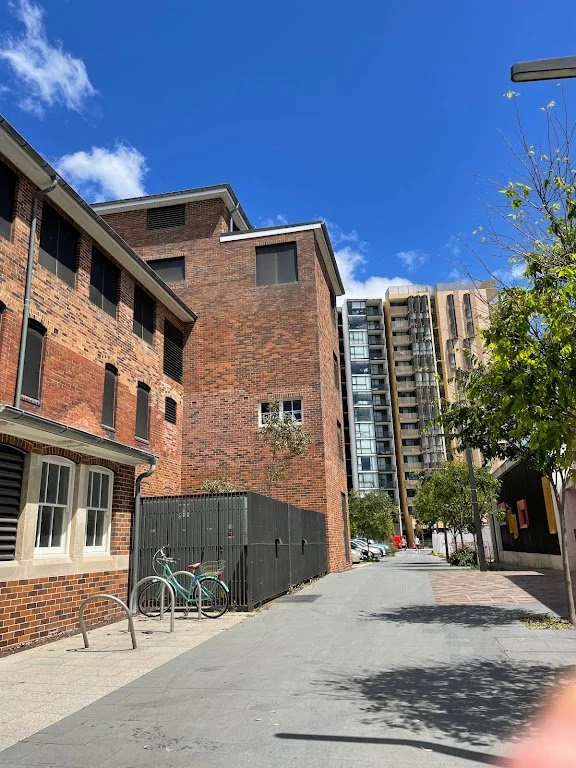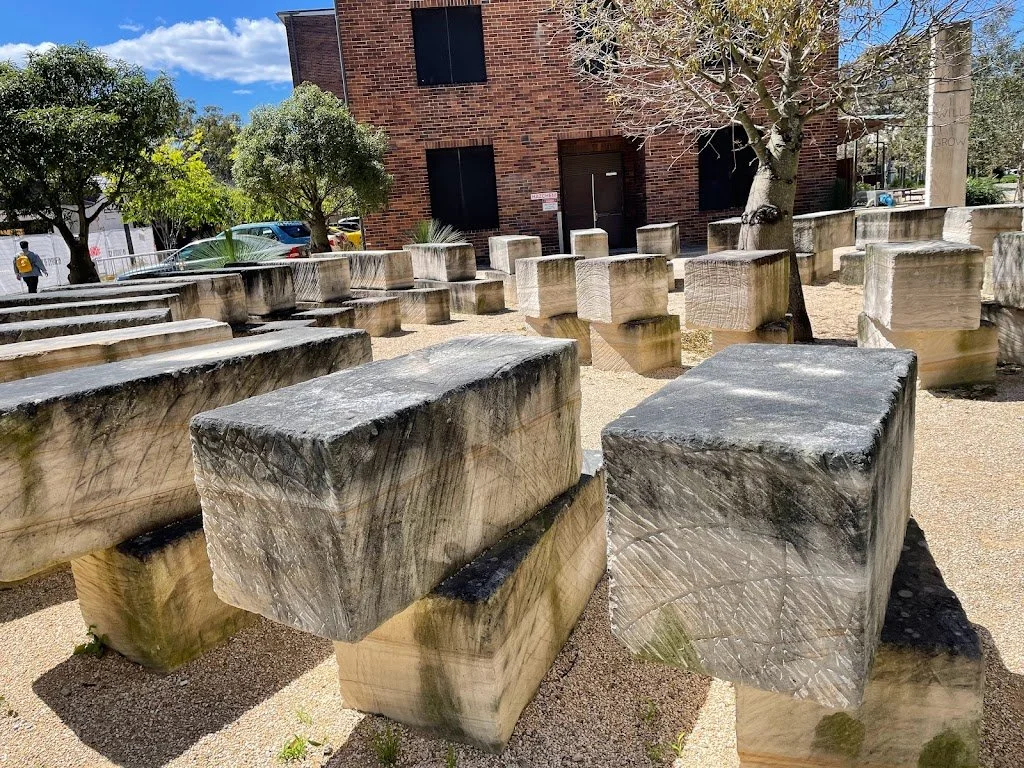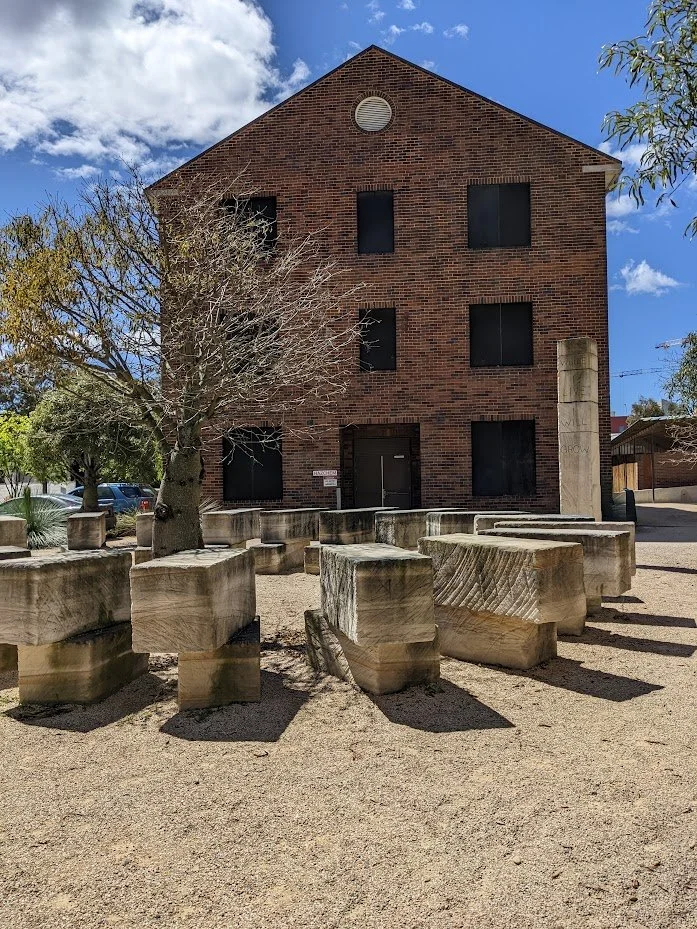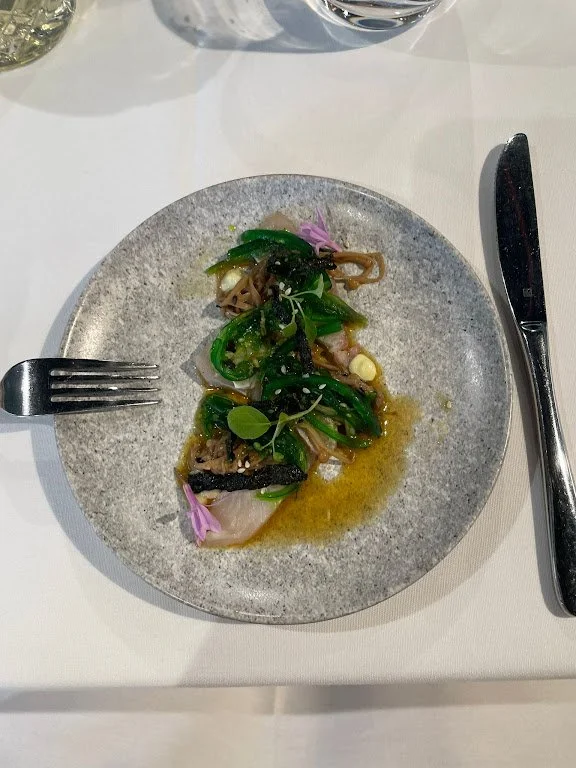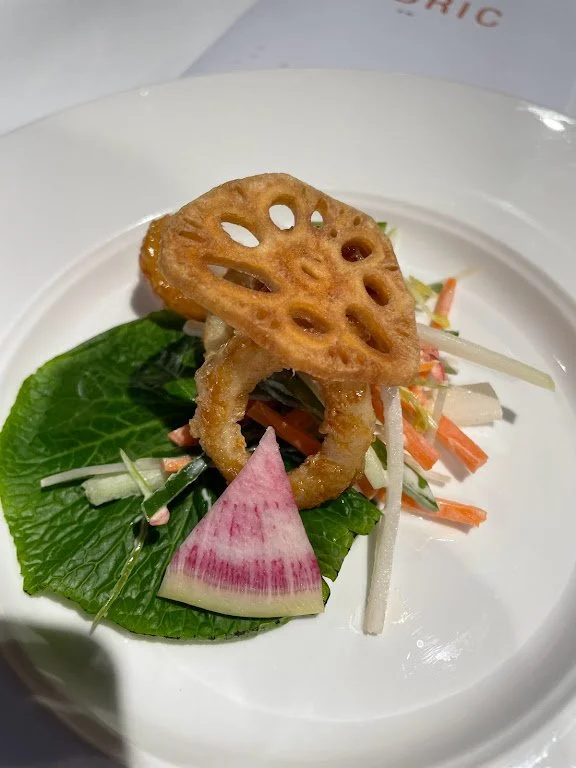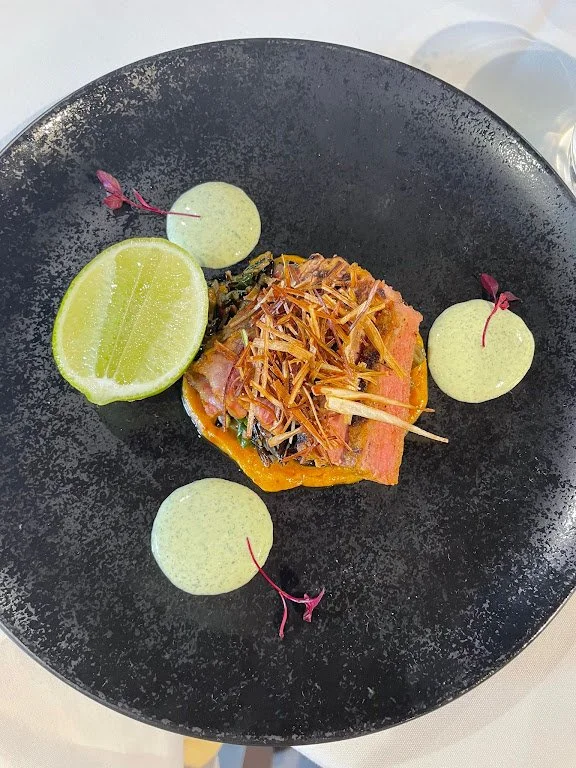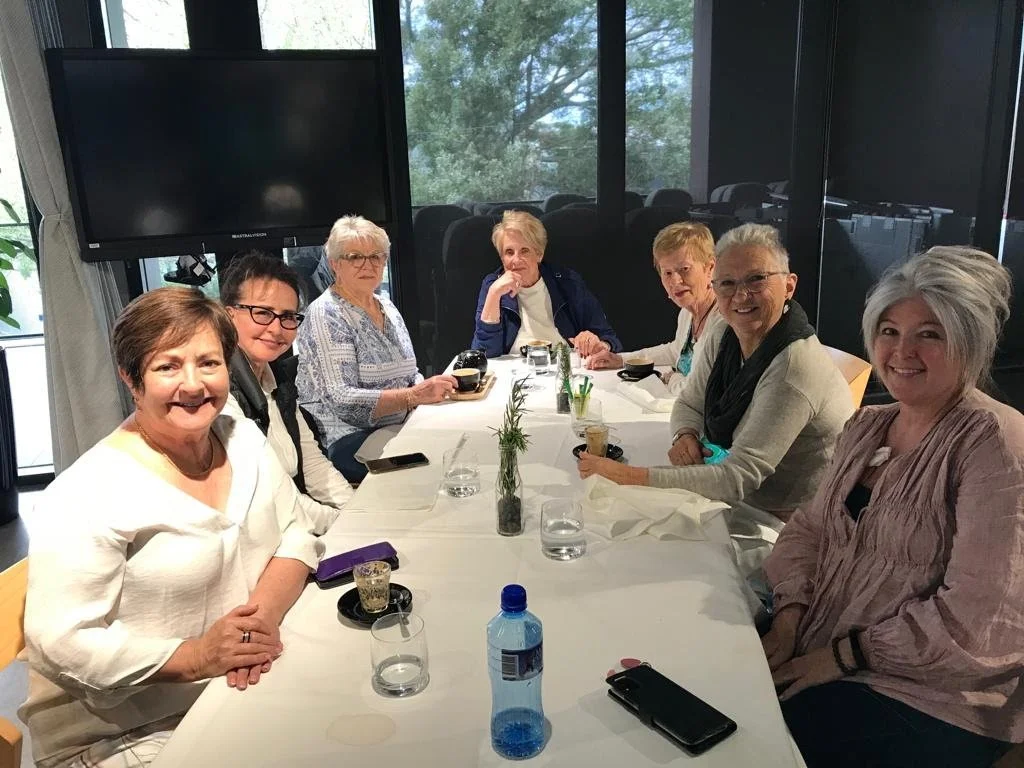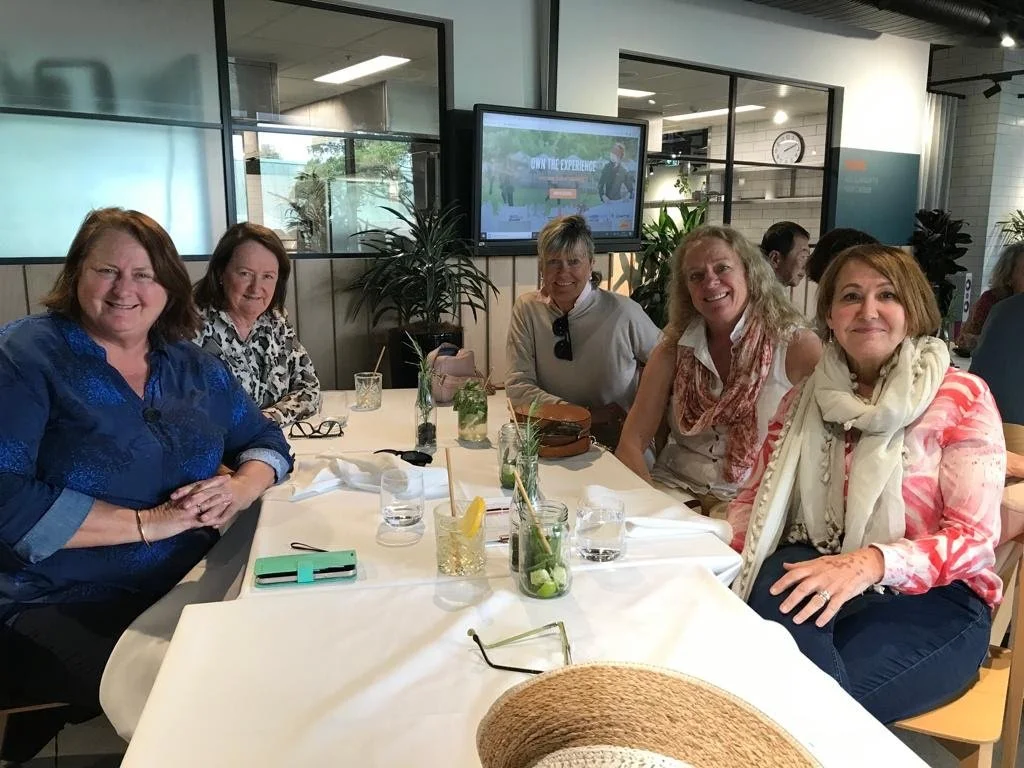Zetland
Background
Originally inhabited by the Gadigal people, Zetland, an archaic spelling of Shetland, was named for Thomas Dundas, second Earl of Zetland, a friend of Sir Hercules Robinson, Governor from 1872 - 1879. Zetland originally featured wetlands and a lagoon which was drained in the early 1900s to create the privately owned Victoria Park Racecourse, owned by James Joynton Smith. The race course was bordered by O’Dea Avenue, South Dowling Street, Epsom Road and Joynton Avenue. Horse and pony racing began in the early 19th century. Pony racing featured undersized and non-thoroughbred horses on tracks purpose built for quick, exciting races. Thoroughbred racing was the elite branch of the sport and controlled by the Australian Jockey Club. Victoria Park was praised as ‘one of the best courses in the state’. During the 1920s Victoria Park was considered to host the most exciting pony races in the country. In 1908, a clay-and-cinder track, 1.81 kilometres in length, was built around the horseracing course, which was used for speedway racing by both cars and motorcycles until the early 1920s. The first motor racing meeting was held on 6 October 1908 and unusually, the schedule consisted of six horse races followed by two heats and a final of the One Hundred Guinea Handicap car race. Thoroughbred races were introduced in the 1930s and it became the home of the Australian Trotting Club. During World War II, the site was used for an aircraft factory. Eventually the land was utilised by Nuffield Australia, BMC Australia and finally Leyland Australia for motor vehicle assembly until 1975. The site was acquired for a Naval stores depot which operated until the mid-1990s. The land was then redeveloped into high density housing as we know it today.
Green Square
Some of us travelled from Museum station, we all kicked off from Green Square. Great places for coffee and a wonderful library (refer Alexandria for more details).
Joynton Ave Creative Centre
We headed along Botany Rd to Hansard St and explored the Joynton Ave Creative Centre, opened in 2018. Designed by renowned Sydney firm Peter Stutchbury Architecture, the Creative Centre is the centrepiece of Green Square’s new community and cultural precinct and received the 2018 Greenway prize for NSW Architecture award.
The park out the front of the centre is named for Matron Ruby Jane Grant, a matron of the hospital for 20 years, 1928 to 1937, where she faced ongoing challenges of staff shortages and hospital congestion. In addition she was president of the NSW Nurses Association and involved with the Australasian Trained Nurses’ Association and the NSW Trained Nurses Guild. If you want something done, give it to a busy woman….
The Centre was formerly the Esme Cahill nurses quarters of the Royal South Sydney hospital, which had its origins in 1908 when fundraising efforts by local residents saw James Joynton Smith, the local businessman and racecourse owner, elected as provisional president of a future hospital. In 1912, construction of a 25 bed public hospital began and was opened in 1913. Cash donations came from Joynton Smith, the Syrian and Chinese communities, NSW government and Sir William Cooper, (a racecourse owner and landowner of the site). 1914, the first year of operation resulted in 805 patients being admitted, 9,614 outpatients treated and 7,732 casualty patients being dealt with.
In 1917, the title of Royal was bestowed upon the hospital by the King, and capacity was expanded to 110 beds the following year. In 1976, the present brick buildings were constructed and the hospital began to specialise in rehabilitation, orthopaedics and community health. In 1991, the hospital merged with the Prince of Wales and Prince Henry Hospitals. General hospital services were slowly wound down until only community services operated from the location until 2003, when the hospital finally closed and the site was transferred to the South Sydney City Council.
Public artwork, ‘While I Live I Will Grow’
The wider precinct features a childcare centre by Fox Johnston Architects, a community shed, park, and interactive public artwork, While I Live I Will Grow by Maria Fernanda Cardoso. She describes her new Green Square artwork as a performance of bottle trees that will last for more than 100 years. While I Live I Will Grow is a large spiral sandstone sculpture with Queensland bottle trees that will slowly mature into magnificent giants. The trees will grow together alongside the Green Square community. “We humans tend to think that aging is bad. We tend to believe that we lose our beauty, our vigour, our health. But trees don’t think like that. The older they are, the more magnificent they become.” The bottle trees will double in girth every year, their spectacular growth and transformation on full display.
Woolwash Park Pond
We walked up Joynton Ave to Woolwash Park Pond, the only remnant of the wetlands that once dominated the landscape. The pond is connected to a vast aquifer that runs beneath the site. In the 1800s industries such as wool washing and tanning were attracted to this area by the clean water from the aquifer. Woolwash Park Pond is an important part of the innovative water management and irrigation system at Victoria Park, Zetland. Because the pond is used for irrigation, fish and aquatic plants are banned. We are fortunate to see two council workers cleaning the pond and have a chat.
Joynton Park
Off up Gadigal Ave to Joynton Park, named after Sir James Joynton Smith of racecourse owner fame mentioned above. He was born James Smith (he added the Joynton later) in London and had the use of only one eye. Around 1890 he arrived in Sydney and in 1891 started with the Grand Central Coffee Palace, a temperance hotel (no alcohol!). He eventually acquired a string of hotels in Sydney and the Blue Mountains, including the Imperial in Mount Victoria, the Carrington in Katoomba and the Hydro Majestic in Medlow Bath. The Carrington was notable for having its own power plant - the chimney still exists - which also supplied electricity to parts of Katoomba. Earlier he had established the Imperial Arcade Electric Light Co, which later formed part of Sydney City Council's electricity system.
In 1901, Smith's interest in sports led to him taking out a lease at Brighton racecourse at Rockdale and the Forest Lodge racecourse in Glebe, (which became Harold Park), and in 1908, the Victoria Park racecourse.
East Village Shopping Centre
We continue to Defries Ave to the east Village Shopping Centre, which supports the local community with a range of shops. Then back to Joynton Ave to:
Mary O’Brien Reserve
The reserve was opened in 2016, and named for Mary O’Brien, one of 17 female convicts (stealing, 7 years) transported on the Bellona, arriving 1793. She married George Patfield who committed suicide as a result of a temporary financial embarrassment, leaving her with 8 children. She was eventually granted 60 acres of land near Ryde.
Zetland Hotel
We walked onward to Bourke St to the heritage listed Zetland Hotel. The history of this pub where time seems to have stood still, can be traced back to 1887 when brewers, the Toohey brothers, built a three storey Victorian era brick hotel at the corner of Elizabeth and Bourke Streets. In 1888 the site was purchased by John Thomas and James Matthew Toohey, brothers from Melbourne, who established the Standard Brewery in Surry Hills in 1869, and began to produce beer under the ‘Toohey’ brand name the same year.
The pub was often in trouble with the law for breaching various liquor laws, with Sunday trading and watering down its liquor, two offences that had publicans fronting the courts, including 7 people fined 2 pounds each for drinking at the hotel on Christmas Day.
It was refurbished in 1935 when the top, third storey was demolished and changed to an Art Deco style.
William Angliss Institute
Final stop was the William Angliss Institute for a five course Asian degustation meal. The meal was even better than our first visit as part of the Alexandria walk.
References
https://en.wikipedia.org/wiki/Zetland,_New_South_Wales
https://en.wikipedia.org/wiki/Royal_South_Sydney_Hospital
https://adb.anu.edu.au/biography/smith-sir-james-john-joynton-8475
https://en.wikipedia.org/wiki/James_Joynton_Smith
https://convictrecords.com.au/convicts/obrien/mary/66544
https://www.wikitree.com/wiki/O'Brien-5573
